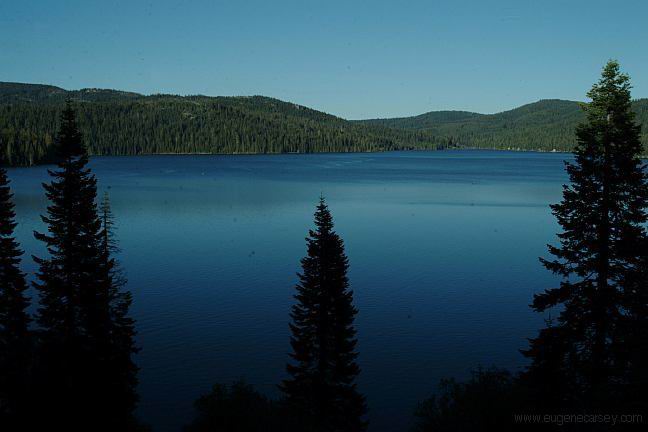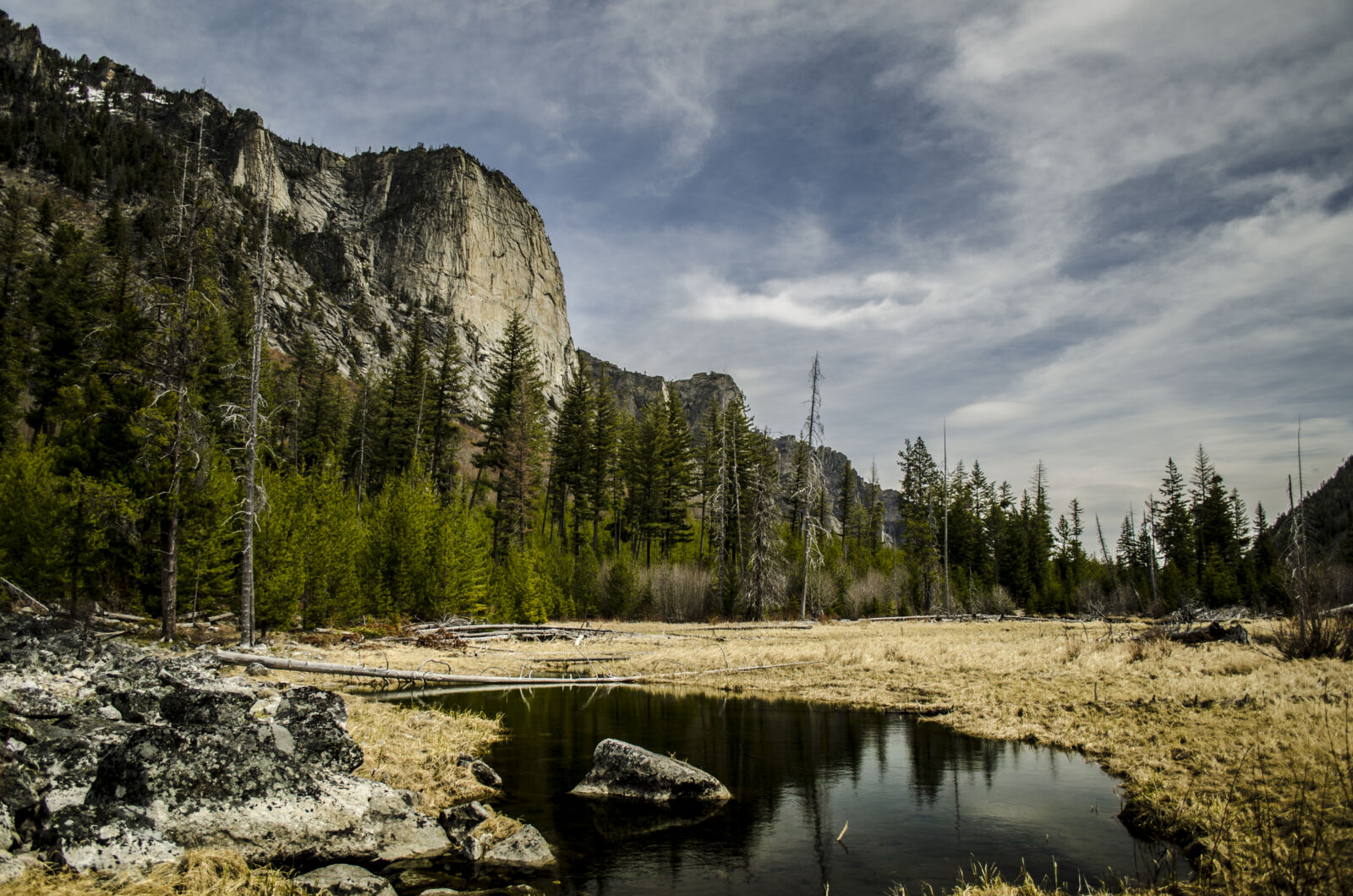It is dangerous but fun. If I squint my eyes just a bit, the swarm of young lodgepole pines coalesce into a matcha-like blur of green. Focus is important on a motorcycle. I am leaning through serpentine curves at 100 feet per second along the Bitterroot, Lochsa and Clearwater Rivers walled by conifer canyons and grassy hillsides through the Lolo, Clearwater and Nez Perce National Forests. Hours of riding through wild country where a grizzly, elk or wolverine would not be out of place dashing across the tarmac.

A dawning awareness crept over me of the size of the National Forest System. This is a substantial piece of real estate. Call it what you want, a forest land complex, inland empire (or stretching out a bit, coastal rainforest); chigger-filled flatwoods; wildland corridor; Appalachian broadleaf holdings; Federal business; America’s playground. It is hard to characterize the National Forest System’s expanses of wood, grass, rock and water but it is helpful to use lenses of scale.
At the local level, Forest Service lands are a collection of beloved small destinations. For those living in their midst, National Forests hold a deep sense-of-place rife with stewardship and nostalgia. These are usable wildlands where you can actually chop dead wood for a campfire or gather some mushrooms and herbs. The original meaning of “conservation” was for holding back spring meltwater in dams for distributed use over the growing season. Thus, “use” is an acceptable raison d’ etrefor conservation.
National Forests provide places where one can be truly alone able to commune with nature in an elemental and interactive way without the scrutiny of the Park Service squinting over their shoulder. National Parks were created with the goal of preservation, utilizing a very hands off approach to management. Due to the multi-use mandate of the National Forest System, the Forest Service embraces an active definition of conservation.
The system is robust enough to handle a little pushing and pulling, especially in light of timber harvesting, water capture, vehicle use and camping. Big-ness means distributed impacts that self-heal in many cases. A natural disturbance regime system allows for a little un-natural disturbance to be slipped in. Bigness is a component of resilience.
At the level of state or regional social systems, National Forests are hugely valuable contributors to water supplies. They are economic pillars of sustainable wood production, biodiversity repositories and valuable corridor connection systems impossible to create if this region was a patchwork of private lands.

But there is a yet larger level of influence wielded by the National Forest System network that is rarely discussed: global implications. In 2003, Peter Karieva and Michelle Marvier published an article in American Scientist (Vol 91:344-351) entitled “Conserving Biodiversity Coldspots.” The gist was that our attention with hotspots of biodiversity such as Hawaiian Islands, Brazilian rainforests and Africa savannas may cause us to overlook and underfund less glamorous but equally important conservation values. This resonates and leads us to think about the values that big systems -- really big systems -- such as the boreal forest, the Amazon Basin, the Sahara and yes, the National Forest System contribute at the largest scales.
Consider this bigness effect of the National Forest System. At 193 million acres, the system hosts a couple of thousand-mile stretches of forested foothills along the Rocky and Appalachian Mountains. Thanks to their height, mountains force air into the cold upper atmosphere, producing snow, fog and rain. The forests along the mountains capture and then release water through river flows. These seasonal water releases from both of North America’s mountain chains feed river systems from mountain streams down to the largest rivers on the continent. These rivers race to the ocean, feeding the coastal marsh systems delivering the appropriate nutrients to the deep waters off the continental shelf.
What of the lynx, wolverine, wolf, grizzly bear, fisher, northern flying squirrel, and Northern Goshawks that travel, hunt and disperse into NFS woodlands unreachable without contiguous forests down the country’s spine.

What of forest fires that release sufficient ash, gas and soot to alter weather patterns? Which in turn creates irregular winter weather that kills invasive insects and plants, spreads fertilizing ash and nitrogen and opens niches for fire-dependent species?
A checkerboard of private land would not have such river runs, species dispersal or conflagrations. On the continental-to-global scale, they affect our weather, oxygen, drinking water, seafood and more. All of which only work well where there are really big and intact systems in place.
I sit on the patio of a log café beside the Lochsa River awaiting my lunch. The giant poles supporting the portico are clearly harvested and hauled here from nearby forests. A few yards away, my motorcycle engine pops and pings as it cools down. Over the cash register is a bad taxidermy job on a mule deer buck and nearby a stiff and grimacing mountain lion is perched next to a Dolly Varden trout. The Lochsa is rushing by at flood stage. A stream of vans with multi-colored rafts and kayaks head up-river to run it again past early fly fishermen’s luxury SUVs.
My meal arrives - a grass-fed beef patty, most likely summered on National Forests towering all around me. I can see fire scars on the hillsides and the cat track leading up to a helibase for suppression activities. The list of values flowing from these forest lands to the local communities’ continues to snowball. The larger benefits of appreciation, aesthetics, clean air, pure water, and intactness may not be as obvious but they are all here.
Author Lee Foote's bike in Lone Peak Basin.
The side stand goes up, the engine purrs and I continue the snake-dance downstream, powered by the timeless and productive national treasure called a National Forest. Big place. Big value.

